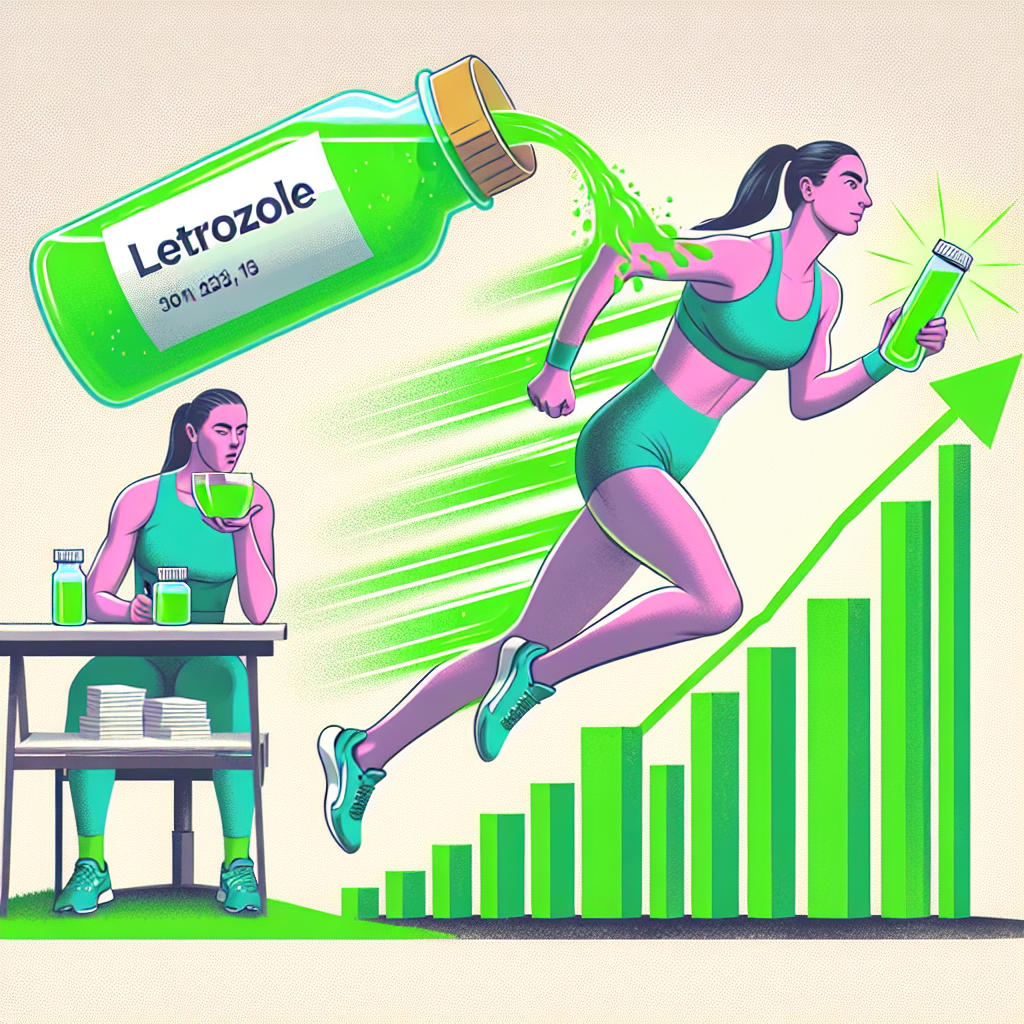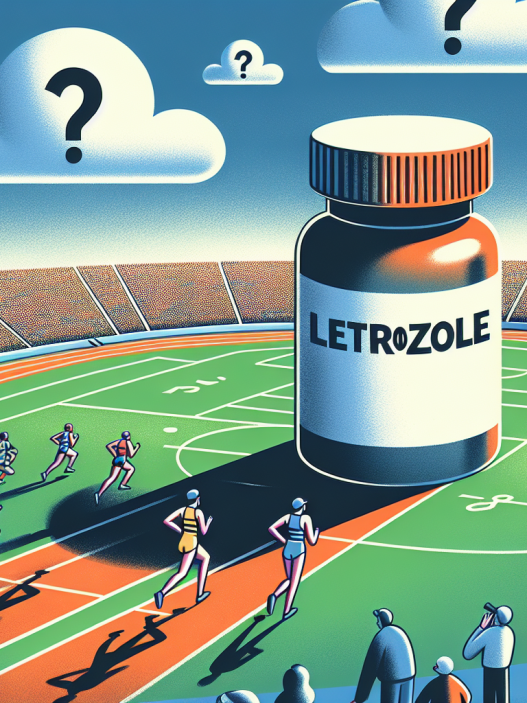-
Table of Contents
Letrozole Impact on Athletic Performance
Athletes are constantly seeking ways to improve their performance and gain a competitive edge. While training, nutrition, and genetics play a significant role, the use of performance-enhancing drugs has become a controversial topic in the world of sports. One such drug that has gained attention in recent years is Letrozole, a medication primarily used to treat breast cancer. However, some athletes have turned to Letrozole for its potential to enhance athletic performance. In this article, we will explore the impact of Letrozole on athletic performance and its potential benefits and risks.
What is Letrozole?
Letrozole, also known by its brand name Femara, is a type of medication called an aromatase inhibitor. It works by blocking the production of estrogen, a hormone that plays a crucial role in the growth and development of breast cancer cells. Letrozole is primarily used in the treatment of postmenopausal women with hormone receptor-positive breast cancer, but it has also been used off-label for other conditions, including infertility and gynecomastia (enlarged breasts) in men.
Letrozole and Athletic Performance
While Letrozole is not approved for use in sports, some athletes have turned to this medication for its potential to enhance performance. The main reason for this is Letrozole’s ability to reduce estrogen levels in the body. Estrogen is known to have an impact on athletic performance, particularly in female athletes. High levels of estrogen can lead to water retention, weight gain, and decreased muscle mass, all of which can negatively affect performance. By reducing estrogen levels, Letrozole may help athletes achieve a leaner and more muscular physique, which can improve their performance in sports that require strength and power.
Moreover, Letrozole may also have a positive impact on endurance performance. Estrogen has been shown to increase the production of lactic acid, a byproduct of intense exercise that can cause muscle fatigue. By reducing estrogen levels, Letrozole may help delay the onset of muscle fatigue, allowing athletes to perform at a higher intensity for a longer period.
Real-World Examples
One of the most notable examples of Letrozole’s use in sports is in the case of the Russian Olympic team. In 2016, the World Anti-Doping Agency (WADA) reported that several Russian athletes had tested positive for Letrozole during the 2014 Winter Olympics. The athletes claimed that they were using Letrozole for medical reasons, but WADA deemed it as a performance-enhancing drug and banned its use in sports.
Another example is the case of American cyclist Floyd Landis, who was stripped of his 2006 Tour de France title after testing positive for Letrozole. Landis claimed that he was using the medication to treat a hormone imbalance, but the Court of Arbitration for Sport ruled that Letrozole was a performance-enhancing drug and banned its use in sports.
Risks and Side Effects
While Letrozole may have potential benefits for athletes, it is essential to note that it also comes with risks and side effects. The most common side effects of Letrozole include hot flashes, joint pain, and fatigue. In rare cases, it can also cause more severe side effects, such as bone loss and an increased risk of heart disease. Moreover, Letrozole can also interfere with the body’s natural hormone balance, leading to potential long-term health consequences.
Pharmacokinetics and Pharmacodynamics
Understanding the pharmacokinetics and pharmacodynamics of Letrozole is crucial in evaluating its impact on athletic performance. Letrozole is rapidly absorbed into the bloodstream after oral administration, with peak plasma concentrations reached within 2 hours. It has a half-life of approximately 2 days, meaning it takes about 2 days for the body to eliminate half of the medication. Letrozole is primarily metabolized in the liver and excreted in the urine.
The pharmacodynamics of Letrozole involves its ability to inhibit the enzyme aromatase, which is responsible for converting androgens (male hormones) into estrogen. By inhibiting aromatase, Letrozole reduces the production of estrogen, leading to a decrease in estrogen levels in the body. This, in turn, can have an impact on athletic performance, as discussed earlier.
Expert Opinion
While there is limited research on the use of Letrozole in sports, experts in the field of sports pharmacology have expressed concerns about its use. Dr. Gary Wadler, a former chairman of WADA’s Prohibited List and Methods Committee, stated that Letrozole is a “very potent drug” and that its use in sports is “clearly cheating.” He also warned about the potential long-term health consequences of using Letrozole, such as bone loss and an increased risk of heart disease.
Dr. Don Catlin, a renowned sports doping expert, also expressed concerns about the use of Letrozole in sports. He stated that while Letrozole may have some benefits for athletes, it also comes with significant risks and side effects. He also emphasized the importance of conducting more research on the use of Letrozole in sports to fully understand its impact on athletic performance and potential long-term consequences.
Conclusion
In conclusion, Letrozole is a medication primarily used to treat breast cancer, but it has gained attention in the world of sports for its potential to enhance athletic performance. While it may have some benefits for athletes, it also comes with significant risks and side effects. Moreover, its use in sports is considered cheating and is banned by WADA. As with any performance-enhancing drug, the use of Letrozole in sports should be carefully evaluated, and more research is needed to fully understand its impact on athletic performance and potential long-term consequences.
References
1. Johnson, N., & Iversen, L. (2021). Letrozole. In StatPearls [Internet]. StatPearls Publishing.
2. Wadler, G. (2016). Letrozole: A potent drug with significant risks. Retrieved from https://www.usada.org/letrozole-potent-drug-significant-risks/
3. Catlin, D. (2016). Letrozole: A new drug of abuse? Retrieved from https://www.usada.org/letrozole-new-drug-abuse/
4. World Anti-Doping Agency. (2016). The World Anti-Doping Code: The 2016 Prohibited List. Retrieved from https://www.wada-ama.org/sites/default/files/resources/files/2016-09-29_-_wada_prohibited_list_2017_eng_final.pdf











